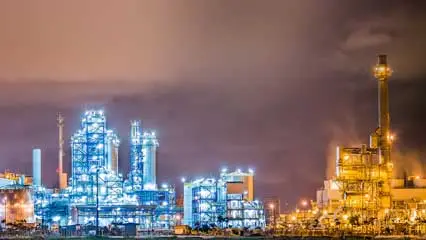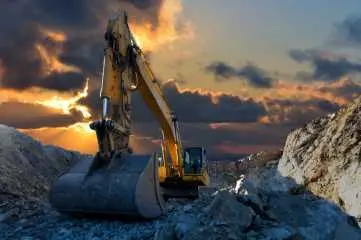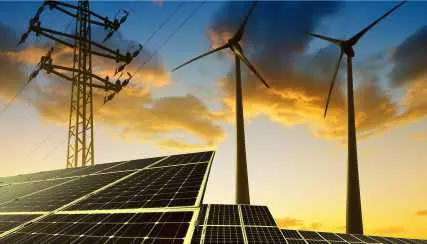
U.S. Oil and Gas Pipeline Market Share, Revenue, Trends, Growth Drivers, Challenges, Key Players and Future Investment Opportunities Till 2033: SPER Market Research
Category :
Power & Energy
Published: May-2024
Author: SPER Analysis Team
U.S. Oil and Gas Pipeline Market Share, Revenue, Trends, Growth Drivers, Challenges, Key Players and Future Investment Opportunities Till 2033: SPER Market Research
United States Oil and Gas Pipeline Market is projected to be worth XX billion by 2033 and is anticipated to surge at a CAGR of XX%.
Pipelines are usually subterranean pipes used to transport and distribute fluids. The fluids used in pipelines in the energy industry are typically oil, oil products, and natural gas. In the energy sector, pipes are classified into two types: liquid pipelines and natural gas pipelines. Increasing consumer demands IndianOil has a network of almost 15,000 kilometres of crude oil, petroleum products, and gas pipelines with a throughput capacity of 94.56 million metric tonnes of oil per year and 21.69 million metric standard cubic meters of gas per day. Cross-country pipelines are widely regarded as the safest, most cost-effective, energy-efficient, customer-friendly, and environmentally acceptable form of transportation for crude oil and petroleum products.
United States Oil and Gas Pipeline Market Driving Factors and Challenges
Driving Factors:
Growing Production and Demand for Energy
The region's increasing energy demand is one of the key drivers of the United States Oil & Gas Pipeline Market. As the world's population grows, so does the demand for reliable and efficient energy sources. The oil and gas industry, which extensively relies on pipelines for transportation, meets a significant portion of this need. With North America being a major role in global energy production, pipeline development has become critical to facilitating the movement of oil and gas from extraction sites to refineries and, ultimately, to end consumers.
Modernization and Replacement of Infrastructure
The United States oil and gas pipeline market is being driven mostly by the aging infrastructure of the current pipelines. The region's pipes were built many decades ago, and as a result of deterioration over time, their maintenance expenses have increased. Furthermore, pipeline construction methods and materials have become eco-friendlier and efficient as a result of technical breakthroughs.
Challenges: The tightening regulatory landscape and growing environmental concerns are two of the major issues facing the US oil and gas pipeline market. Governments and regulatory agencies are placing more stringent restrictions on pipeline construction and operation as public awareness of climate change and its effects on the environment increases. Permitting new pipeline projects has become a difficult and time-consuming procedure that includes thorough assessments of potential environmental risks and socioeconomic repercussions. Furthermore, the natural volatility of oil and gas prices has a significant impact on the US oil and gas pipeline market. The viability and profitability of pipeline projects can be directly impacted by changes in the world energy markets. There may be less demand for new pipelines when exploration and production activities are curtailed due to low oil and gas prices.
Request For Free Sample Report @ https://www.sperresearch.com/report-store/usa-oil-and-gas-pipeline-market.aspx?sample=1
Impact of COVID-19 on United States Oil and Gas Pipeline Market
COVID-19 caused a significant drop in global oil and gas consumption as lockdown measures and travel restrictions were enacted. The decreased demand for petroleum products, such as gasoline and jet fuel, impacted the requirement for new infrastructure development, causing delays or cancellations of planned projects. The pandemic prompted a drop in oil prices due to a combination of oversupply and low demand. Price volatility had a severe impact on investment decisions in the oil and gas sector, making corporations wary of committing to new infrastructure projects or expansions. During the pandemic, several oil and gas firms experienced financial difficulties, including decreased revenue and profitability. As a result, capital expenditure budgets were decreased, causing infrastructure projects to be delayed or cancelled.
United States Oil and Gas Pipeline Market Key Players:
A detailed analysis of key market players, including Enbridge Inc, Kinder Morgan Inc, TC Energy, Energy Transfer LP, Williams Companies Inc, ONEOK Inc, Plains All American Pipeline, LP, Magellan Midstream Partners, LP, Sempra Energy, and Columbia Pipeline Group, is provided by the market study along with data on the competitive landscape, market segments, and revenue.
For More Information about this Report @ https://www.sperresearch.com/report-store/usa-oil-and-gas-pipeline-market.aspx
United States Oil and Gas Pipeline Market Segmentation:
By Type: Based on the Type, United States Oil and Gas Pipeline Market is segmented as; Crude Oil Pipeline, Natural Gas Pipeline.
By Source: Based on the Source, United States Oil and Gas Pipeline Market is segmented as; Upstream, Midstream, Downstream.
By Application: Based on the Application, United States Oil and Gas Pipeline Market is segmented as; Offshore, Onshore.
By Region: This research includes data for West United States, East United States, North United States, South United States.
This study also encompasses various drivers and restraining factors of this market for the forecast period. Various growth opportunities are also discussed in the report.
Would you like to view the sample pages?
Get Sample PagesExplore Related Reports
Domains Served
Our Global Clients
Our data-driven insights have influenced the strategy of 200+ reputed companies across the globe.




































